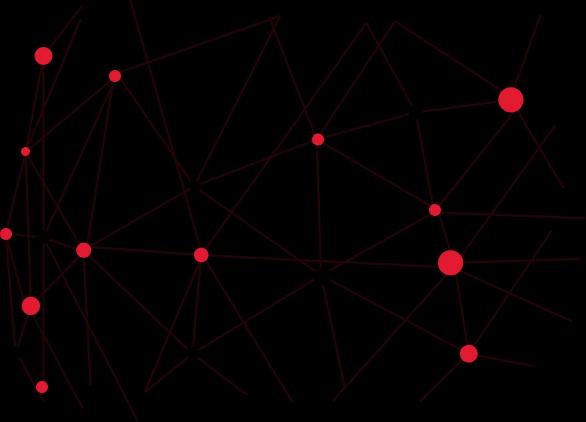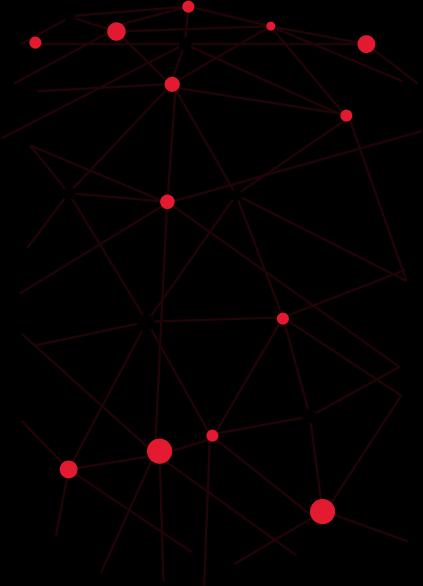
What is an Employee Profile? Professional and Effective Management Guide
Managing employee profiles is a crucial part of any business operation. Effective organization and storage not only ensure the accuracy of employee information but also enhance management efficiency, save time, and minimize legal risks.
This article will guide you on how to build, classify, and manage employee profiles professionally, along with modern tools to support this process.
I. What is an Employee Profile?
An employee profile is a collection of information, documents, and data related to employees within an organization or business. These profiles are used to manage, store, and track an employee’s entire work process. It serves as a vital source of information to help businesses maintain effective human resource management, ensure compliance with legal regulations, and support strategic decision-making.

II. Why is Managing Employee Profiles Important?
Managing employee profiles is one of the most important tasks in human resource management. Effective employee profile management helps businesses optimize administrative processes, ensure legal compliance, enhance work efficiency, and contribute to building a professional work environment. Below are the main reasons why managing employee profiles is so important:
1. Ensuring Legal Compliance
One of the most critical reasons for managing employee profiles is to comply with labor laws. By law, businesses must store information related to employees, including labor contracts, social insurance documents, and other paperwork tied to employee rights. Missing or incomplete records can lead to severe legal consequences, including fines or labor disputes.
2. Enhancing HR Administrative Efficiency
Effective employee profile management allows businesses to quickly and easily access essential employee information, such as labor contracts, salaries, and insurance details. This saves time for HR departments, reduces errors, and increases accuracy in their tasks.
3. Strengthening Security and Protecting Employee Rights
Employee profiles contain sensitive personal and work-related information. Proper management of these profiles safeguards this data from leaks or misuse. At the same time, maintaining complete documentation helps protect employees’ rights in disputes or when information verification is required.
4. Promoting Professionalism and Transparency in the Workplace
Managing employee profiles professionally demonstrates a business’s commitment to transparency and fairness in dealing with employees. This builds trust between the business and its staff, creating a civilized working environment that encourages loyalty and dedication.
5. Supporting Emergency Situations and Audits
In emergencies such as labor inspections or internal audits, having complete and accurate employee profiles readily available helps businesses provide the required information promptly. This not only avoids legal troubles but also showcases preparedness and professional management practices.
III. What Documents are Included in Employee Profiles?
Employee profiles not only help businesses manage employees effectively but also ensure compliance with legal regulations. Depending on the type of employment and work stages, the necessary documents in an employee profile are divided into three main categories: General Profiles, Labor Management Files, and Archival Records.

1. General Profiles
Applicable to all employees, this category includes basic documents:
- Job Application Form: Records the employee's intent and reason for applying.
- Curriculum Vitae (CV): Provides personal information and work history.
- Certified Copy of ID Card/Passport: Verifies the employee's identity.
- Educational, Professional, and Technical Certificates: Ensures the employee meets job requirements.
- Health Check Report: Assesses the employee’s physical health.
- Employment History Documents (if applicable): Includes references or certificates from previous employers.
- Recruitment, Appointment, or Transfer Documents: Records changes during the employment process.
2. Labor Management Files
This category tracks employees’ work processes and includes:
- Employment Contracts: Covers probationary contracts, official contracts, and contract amendments.
- Decisions on Appointments, Dismissals, or Transfers.
- Social Insurance and Health Insurance Records: Stores information on insurance contributions.
- Salary and Allowance Statements: Details salaries and additional benefits.
- Leave, Sick Leave, and Maternity Leave Records: Ensures employee rights.
- Recognition and Reward Documents: Tracks employee achievements.
- Labor Discipline Records: Stores violation reports, if any.
- Training and Development Documents: Certifies participation in skill development courses.
- Participation in Social and Group Activities: Records involvement in internal activities.
3. Archival Records
Long-term storage of documents related to work history and employment termination:
- Recruitment and Training Documents: Includes application history and training records.
- Recognition and Reward Documents: Stores achievements throughout employment.
- Labor Discipline Records: Includes reports or decisions on disciplinary actions.
- Retirement and Severance Documents: Outlines entitlements upon employment termination.
- Workplace Injury and Occupational Disease Records: Ensures protection policies for employees.
- Labor Dispute Resolution Documents: Addresses issues between employees and the business.
4. Specific Requirements for Different Employee Groups
Each employee group has unique characteristics, so profiles must be tailored to the nature of their work, age, and legal status. In addition to general documents, the following specific requirements apply:
4.1 Probationary Employees
Probationary employees are not yet officially hired and are being evaluated for long-term employment. Their profiles should include:
- Probationary Employment Contract: Specifies the probation period, job responsibilities, and rights and obligations of both parties during the probation. This serves as the basis for evaluating the employee before official recruitment.
- Curriculum Vitae and Job Application Form: These documents provide information on educational background and prior experience, offering a comprehensive overview of the candidate.
- Health Check Report: Mandatory to ensure the employee can meet the physical demands of the job.
These documents enable businesses to thoroughly evaluate candidates while ensuring transparency and legality in the recruitment process.
4.2 Official Employees
After completing probation, officially recruited employees must provide additional documents to complete their profiles, including:
- General Profiles (from the probationary stage): Includes previously submitted CVs, ID cards, educational certificates, and other documents.
- Official Employment Contract: A new contract with more detailed terms, including salary, working hours, and benefits, to safeguard employee rights and ensure legal compliance.
- Social Insurance and Health Insurance Documents: Includes social insurance books, health insurance, and contribution notices per legal regulations. These are crucial for ensuring social welfare benefits for employees and fulfilling the company’s legal obligations.
- Appointment, Salary Raise, or Promotion Decisions: Added during employment to record career development and contributions to the company.
- Additional Documents: Includes transfer decisions, disciplinary records, or reward certificates, if applicable.
These supplementary documents help establish a complete employee profile, forming the basis for a stable and long-term working relationship.
4.3 Employees Under 15 Years Old
For employees under 15 years old, profile requirements are even more specific due to the sensitive nature of employing minors and the legal protections in place for children. Their profiles must include:
- Parental or Legal Guardian Consent: A document proving family consent to ensure the child’s work is under proper supervision and agreement by a legal representative.
- Specialized Health Check Report: Ensures the child is physically capable of performing the job without affecting their physical or mental development.
- Appropriate Employment Contract: Specifies job responsibilities suitable for their age, working hours within legal limits, and safe working conditions.
Managing profiles for this group requires special care to strictly comply with legal regulations and maximize the protection of young workers' rights.
IV. Classification of Personnel Records
Classifying personnel records is a vital part of human resources management, enabling businesses to monitor, store, and manage employee information in an organized manner. Depending on the organization and purpose of use, personnel records can be divided into two main categories: traditional personnel records and digital personnel records.

1. Traditional Personnel Records (Paper-Based Storage)
Characteristics of Traditional Personnel Records:
- Storage Method: All information and documents are stored as hard copies (paper-based).
- Organization: Records are categorized by individuals, departments, or job titles within the company.
- Preservation: Stored in filing cabinets, storage rooms, or specialized archive facilities.
Advantages:
- Ease of Access: Employees do not need technology to view or edit records.
- Suitable for Small Businesses: Small-scale businesses with fewer employees can use this method without significant investment.
- Legal Validity: Hard copies are fully recognized for legal procedures and administrative inspections.
Limitations:
- Storage Space: Paper-based records require significant space, particularly for large organizations.
- Susceptibility to Damage: Documents are prone to damage due to humidity, pests, or other environmental factors.
- Difficulty in Retrieval: Searching for information in paper records is time-consuming and labor-intensive.
- Low Security: Records are vulnerable to loss, misplacement, or unauthorized access without strict safeguards.
2. Digital Personnel Records (Online Storage)
Characteristics of Digital Personnel Records:
- Storage Method: Information is digitized and stored on software systems, servers, or cloud platforms.
- Organization: Managed and arranged using HR management software, enabling easy access by category, keyword, or search criteria.
Advantages:
- Space-Saving: Eliminates the need for filing cabinets or storage rooms; all data is stored on computers or cloud platforms.
- Ease of Retrieval: Quickly search and access information with just a few clicks.
- High Security: Modern software typically integrates features like data encryption, access controls, and regular backups.
- Management Optimization: Supports automation features such as updating information, sending notifications, or generating periodic reports.
- Eco-Friendly: Reduces paper usage, contributing to environmental protection.
Limitations:
- Initial Investment Costs: Requires funding for software acquisition, employee training, and system maintenance.
- Dependence on Technology: System outages or internet disruptions can hinder access and management.
- Technology Skills Requirement: Employees need training to effectively use digital record management systems.
V. Procedure for Storing and Managing Personnel Records
A scientific and effective procedure for storing personnel records not only enables businesses to systematically manage HR data but also ensures data security, confidentiality, and easy retrieval when needed. Below are detailed steps for implementing this process effectively:

1. Select Appropriate Filing Cabinets
Filing cabinets play a crucial role in storing personnel records and must be carefully chosen to ensure document safety. Businesses should consider:
- Size: Suitability for the number of records to optimize space usage.
- Material: Durable materials such as rustproof metal, wood, or high-quality plastic to resist fire and moisture.
- Safety: Cabinets should have locks to prevent unauthorized access.
- Aesthetics: The cabinet design should complement the office space to enhance professionalism.
2. Organize Records Scientifically
Organizing records helps facilitate quick storage and retrieval. Businesses can categorize records by:
- Type: General records, labor records, long-term storage records.
- Groups: Employee groups such as managers, staff, interns.
- Time: Dividing current records and long-term archived records for easier management.
3. Create a Record Index
Creating a detailed index of personnel records helps businesses efficiently manage and retrieve information. This index should include:
- A detailed list of all types of records to be stored.
- Specific information for each type of record, such as name, content, quantity, and retention period.
- A scientifically and logically organized index, possibly alphabetically or by record groups.
4. Implement the Record Storage Procedure
After completing the preparation steps, businesses should store personnel records in a scientific and secure manner:
- Use Labels and Covers: Differentiated colors and designs help distinguish record types. Labels should clearly indicate names, retention times, and essential details.
- Arrange by Index: Place records in cabinets according to the established index, possibly by chronological order or alphabetically.
- Update the Index: Any changes in personnel information or records must be immediately updated to avoid confusion.
- Proper Preservation: Records should be kept in a dry environment, avoiding high temperatures and humidity.
- Periodic Checks: Regularly review, dispose of expired records, and verify data integrity.
5. Leverage HR Management Software
By adopting HR management software, businesses can automate processes, making storage, retrieval, and data management more seamless. This not only saves time but also improves work efficiency. Moreover, with a clearly organized procedure for storing and managing personnel records, businesses can protect vital information, enhance professionalism, and ensure compliance with legal regulations effectively.
VI. Legal Regulations on Human Resource Record Management
Human resource record management is not just an internal responsibility of businesses but also requires adherence to legal regulations. Complying with these regulations ensures employee rights, minimizes legal risks, and enhances corporate credibility. Below are the key legal requirements for human resource records in Vietnam:

1. Record Retention Period
According to Circular 10/2022/TT-BNV, the retention period for HR documents is specified based on the type of document:
- Records on recruitment, reassignment, transfers, position changes, secondments, or disciplinary actions: Retain for 20 years.
- Records on termination or job transfers: Retain for 20 years.
- Records on occupational safety and health policies: Retain for 20 years.
- Records on workplace accidents: Permanent retention for severe cases; 20 years for non-severe cases.
- Official correspondence regarding labor issues: Retain for 5 years.
2. Regulations on Labor Management Books
As outlined in Article 3 of Decree 145/2020/NĐ-CP, businesses must prepare and maintain labor management books as follows:
- Timeline: Businesses must create and manage labor books within 30 days of commencing operations.
- Format: The book can be paper-based or electronic, but it must include key employee details such as name, birth date, nationality, address, ID/CCCD number, professional qualifications, job position, start date, and information about contracts, salaries, social insurance, pay raises, disciplinary actions, workplace accidents, and contract terminations.
- Responsibility: Employers must ensure the labor book is updated from the employee's first working day and be ready to present records upon inspection by authorities.
Strict compliance with these legal requirements not only helps businesses establish a professional HR system but also protects the rights of both employees and employers in all legal scenarios.
VII. TEAMHUB HRM - Effective Human Resource Record Management Solution
With the increasing complexity of HR management and heightened requirements for data accuracy and security, businesses need optimal solutions for managing HR records. TEAMHUB HRM is one of the leading HR management software platforms designed to assist businesses in efficient and systematic employee record management.

1. Centralized HR Information Management
TEAMHUB HRM offers a centralized storage system for all HR data. Information such as employee profiles, labor contracts, work history, awards, disciplinary records, and related documents is systematically stored and easily accessible whenever needed.
2. Advanced Categorization and Quick Search Features
TEAMHUB HRM enables businesses to categorize records based on criteria such as department, job position, or work duration. Its smart search feature allows users to quickly retrieve necessary information, enhancing work efficiency.
3. High-Level Data Security
One of TEAMHUB HRM's top priorities is data security. The system uses advanced encryption technologies to safeguard information from external threats. Additionally, the software offers access control, ensuring that sensitive data is only available to authorized personnel.
4. Integrated Automation Features
TEAMHUB HRM incorporates various automation features, such as reminders for contract expiration, automatic updates on social insurance information, and tracking employees' work history. These features reduce administrative workload and optimize HR management processes.
5. Compatibility and User-Friendliness
TEAMHUB HRM is designed with a user-friendly interface suitable for all users, from HR staff to senior managers. Moreover, the software integrates with other systems, such as accounting software, timekeeping systems, and payroll platforms, enabling businesses to build a synchronized and efficient management ecosystem.
6. Comprehensive Analysis and Reporting Tools
TEAMHUB HRM provides powerful analysis and reporting tools, allowing businesses to monitor and evaluate HR metrics in detail. This empowers managers to make strategic decisions that enhance HR management efficiency and workforce development.
TEAMHUB HRM is more than just an HR record management tool; it is a comprehensive solution that helps businesses optimize HR processes, ensuring accuracy, security, and efficiency across all aspects. With its superior features, TEAMHUB HRM is becoming a top choice for modern businesses looking to digitally transform their HR management.
VIII. Conclusion
Human resource record management is not merely an administrative task but a critical component of ensuring a business's efficiency and sustainability. Systematic management of HR records offers numerous benefits, including easy information retrieval, legal compliance, data security, and improved management effectiveness.
Adopting standardized processes and modern tools like TEAMHUB HRM can save time, minimize errors, and streamline workflows. Let technology support your HR management, ensuring your business operates smoothly, grows sustainably, and excels in the future.
Don’t forget to follow us for more valuable insights on digital transformation in business management and the latest technology trends!
SHARE THIS ARTICLE
Author
Huyen TrangSEO & Marketing at Tokyo Tech Lab
Hello! I'm Huyen Trang, a marketing expert in the IT field with over 5 years of experience. Through my professional knowledge and hands-on experience, I always strive to provide our readers with valuable information about the IT industry.
More Posts
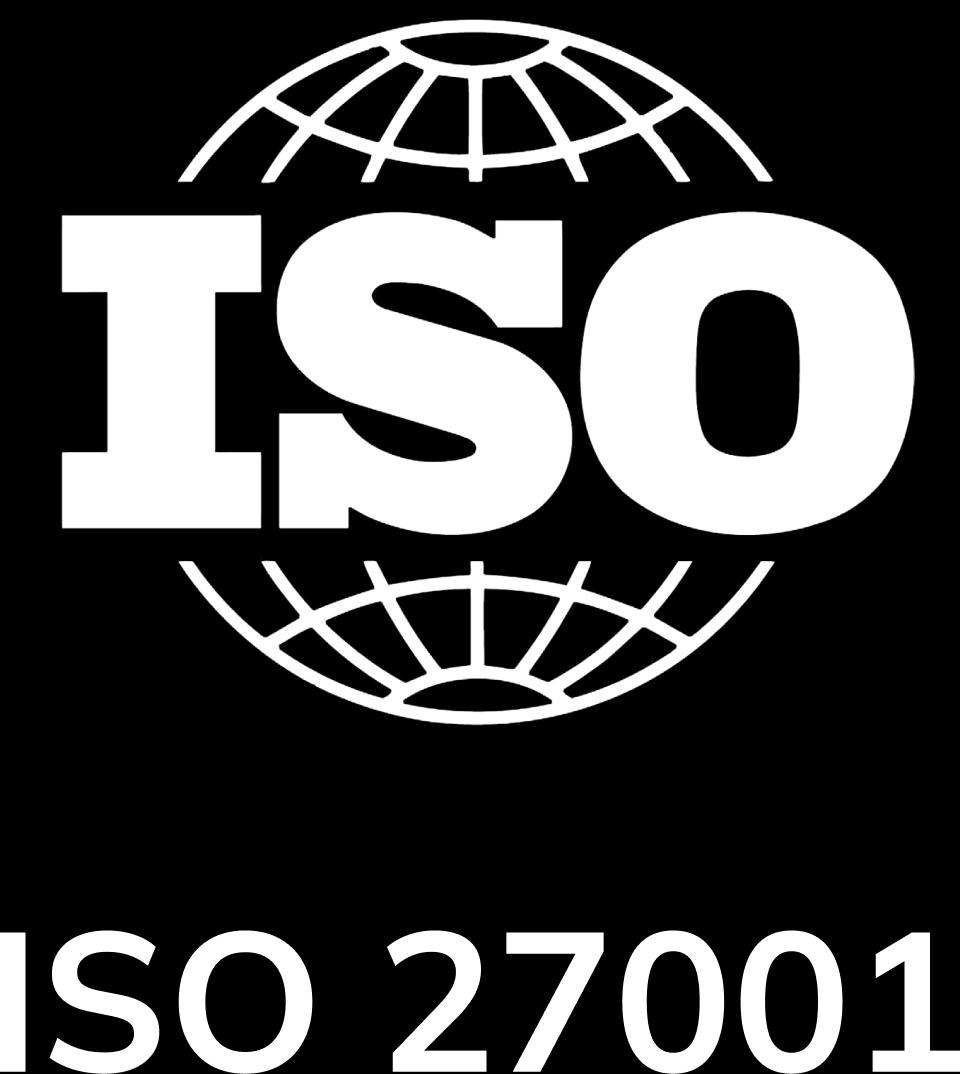
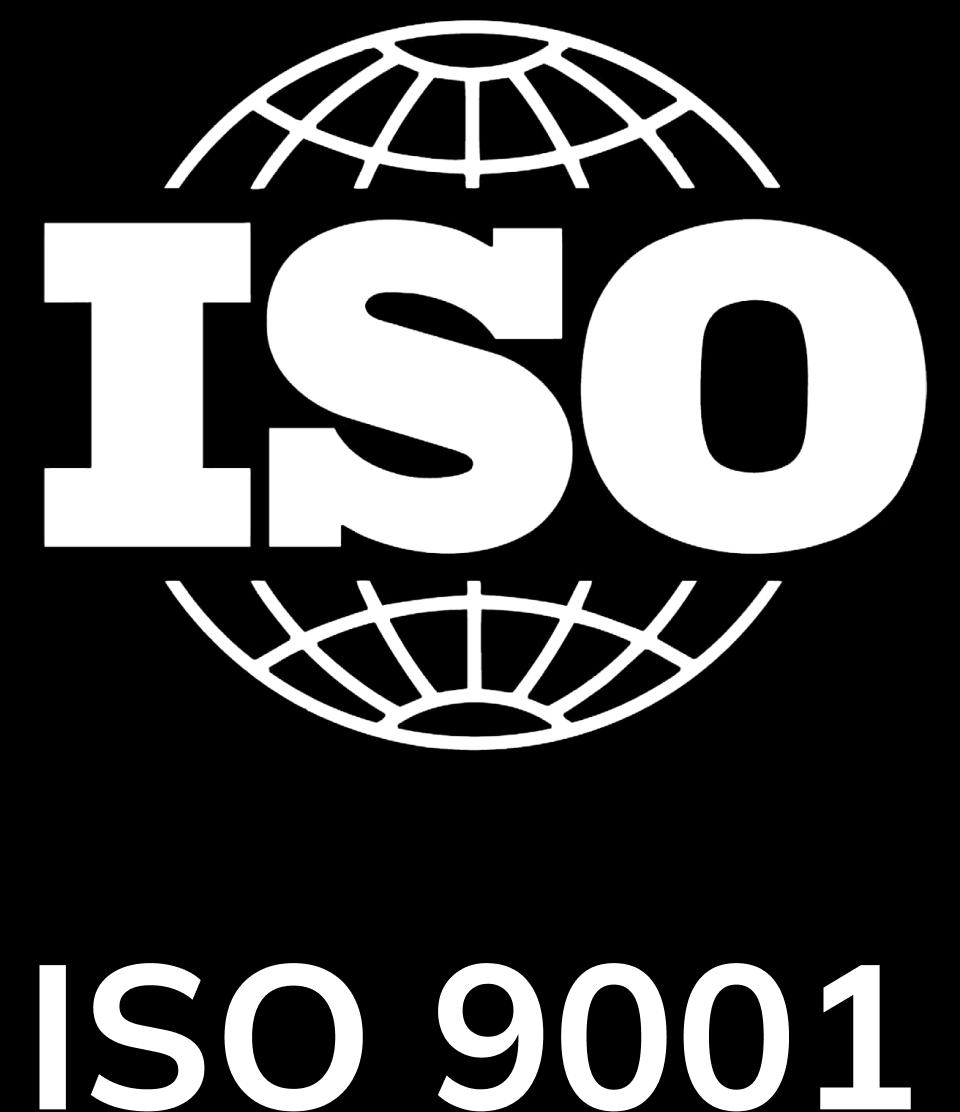
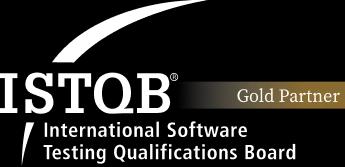
About Tokyo Tech Lab
Services and Solutions
Contact us
© 2023 Tokyo Tech Lab. All Rights Reserved.



